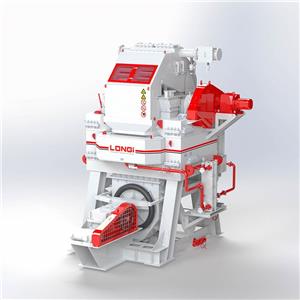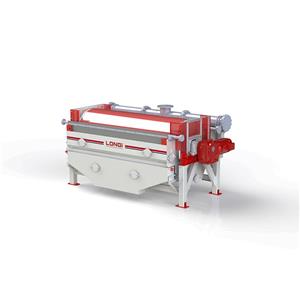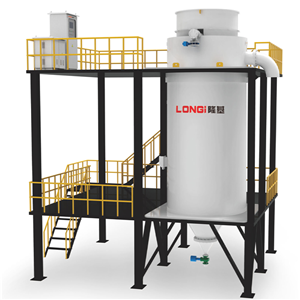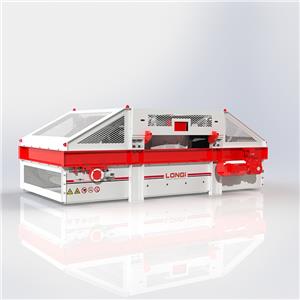Strategic Minor Metals Shine Bright! Surging Demand in Key Sectors
Driven by the dual engines of high-end manufacturing and cutting-edge technology, the small metals sector is experiencing a sustained surge in market vitality. Since mid-October, strategic metals such as rare earths, molybdenum, antimony, tantalum, and niobium have garnered increasing market attention. “From tantalum capacitors to superconducting niobium materials and nuclear fusion devices, small metals are deeply embedded in every facet of high-end manufacturing and advanced technology,” said an industry analyst.
Policy and Supply Drive Revaluation of Small Metals
On the policy front, in September this year, eight departments, including the Ministry of Industry and Information Technology (MIIT), jointly issued the Work Plan for Steady Growth in the Nonferrous Metals Industry (2025–2026). The plan sets targets for the industry by 2026, including an average annual increase of around 5% in value-added output and an average annual growth of about 1.5% in the production of ten nonferrous metals.
The plan also outlines key goals for steady growth in the nonferrous metals industry from 2025 to 2026: maintaining positive economic performance, achieving an average annual production growth of about 1.5% for ten nonferrous metals, making progress in domestic resource development of copper, aluminum, and lithium, boosting recycled metal output to over 20 million tons, enhancing the supply capacity of high-end products, and continuously improving green, low-carbon, and digital development levels.
From a fundamental perspective, the supply of small metals continues to tighten. Over the past decade, global production of tungsten, molybdenum, bismuth, germanium, and antimony has fluctuated downward due to factors such as capacity withdrawals and insufficient investment. Against this backdrop of tight supply and demand, small metals have seen a wave of price hikes.
Take rare earths as an example. On October 10, Northern Rare Earth announced it would raise the price of rare earth concentrates in the fourth quarter to RMB 26,205 per ton (tax excluded), marking a 37% increase from the previous quarter. The company’s preliminary earnings report for the first three quarters of 2025 showed expected year-on-year growth of 272.54%–287.34% in net profit attributable to shareholders, reaching RMB 1.51 billion–1.57 billion, and a 399.90%–422.46% increase in adjusted net profit to RMB 1.33 billion–1.39 billion.
“The ‘irreplaceability’ of strategic small metals is becoming increasingly evident,” noted an industry insider.
Expanding Emerging Applications
Breakthroughs in the use of small metals in emerging fields are opening new growth opportunities for the sector.
Recently, controlled nuclear fusion, a critical future energy source, has attracted significant attention in capital markets. It has also created potential applications for metals like tantalum and niobium. According to Orient Tantalum Industry, niobium materials developed by its affiliate Western Material Institute for hot-pressed ITER applications have been certified for use in manufacturing key materials for superconducting magnets.
“In the semiconductor sector, we have achieved full-process technological breakthroughs and industrial integration for high-purity tantalum powder, high-purity tantalum ingots, and 12-inch tantalum target blanks,” said a representative from Orient Tantalum Industry.
Advances in AI technology are driving upgrades in electronic new materials. Data shows that over half of tantalum’s downstream applications are in the electronics sector, and AI advancements are expected to boost demand for tantalum capacitors and semiconductor tantalum targets.
The new energy sector also offers a vast market for small metals. For instance, tungsten wire is replacing high-carbon steel wire in photovoltaics, with demand growing by about 10% annually. Indium, used in AI optical chips and semiconductors, is poised for rapid market expansion, benefiting related listed companies.
Recently, the third-quarter earnings reports of small metals companies have become a focal point for the market. Driven by high-end manufacturing and technological progress, the small metals industry is entering a new development cycle.
“The ‘quasi-hedge’ value of strategic small metals is being revalued,” pointed out a market analyst. “Against a backdrop of monetary easing and other macroeconomic factors, small metals—with their dual commodity and financial attributes—are naturally becoming a key focus for capital allocation.”
(China Securities Journal)




